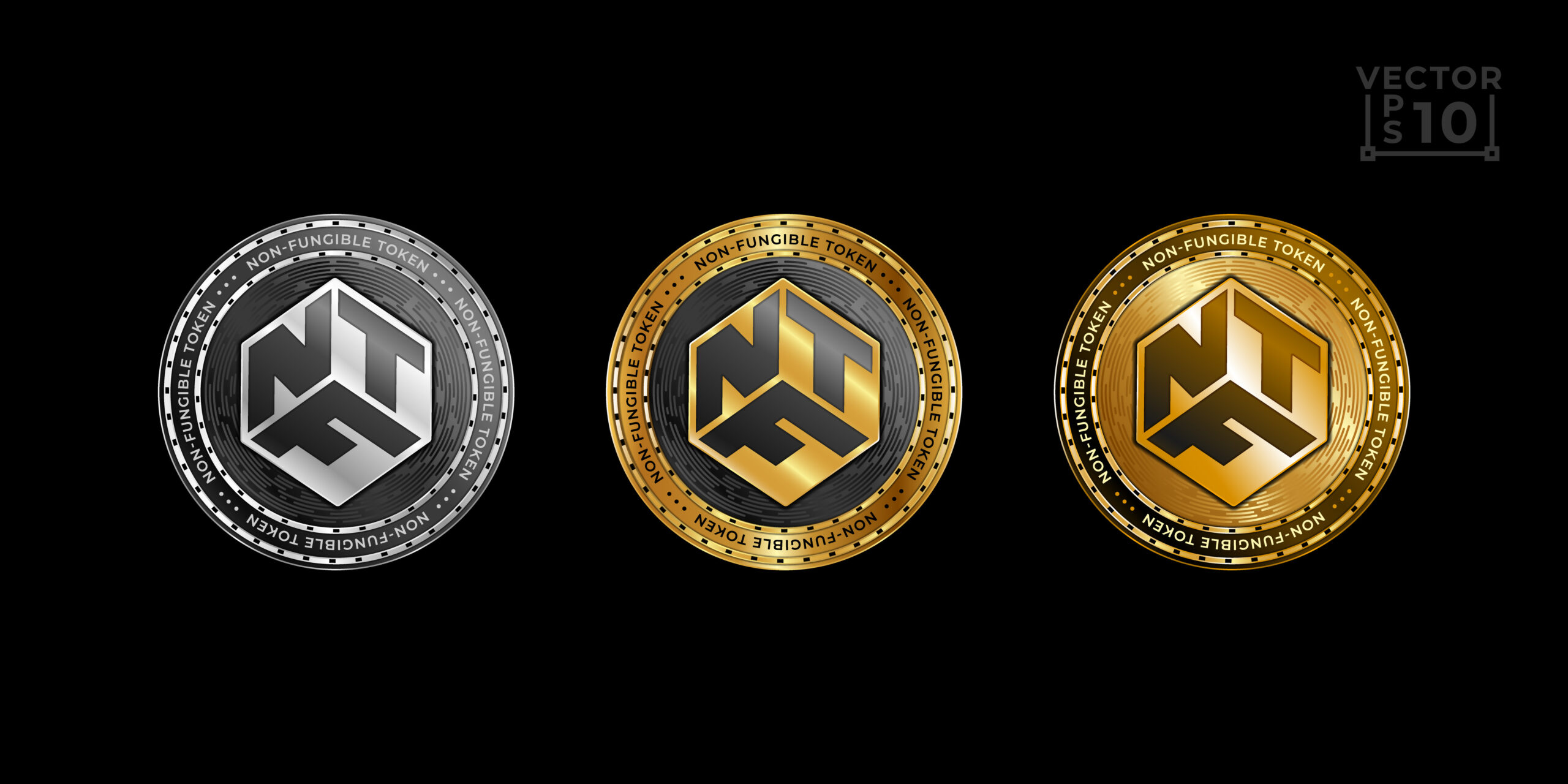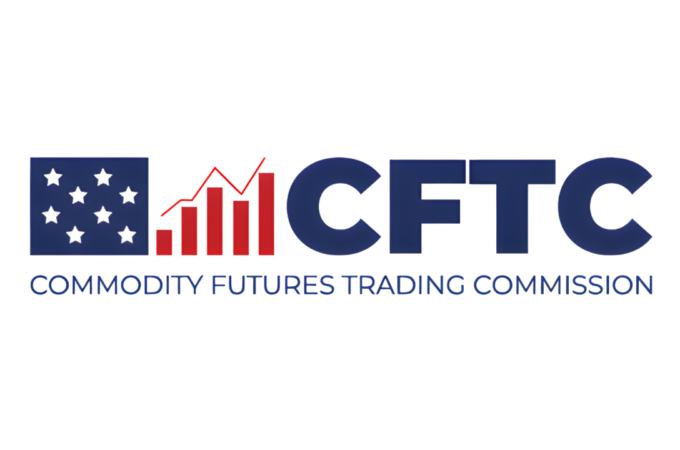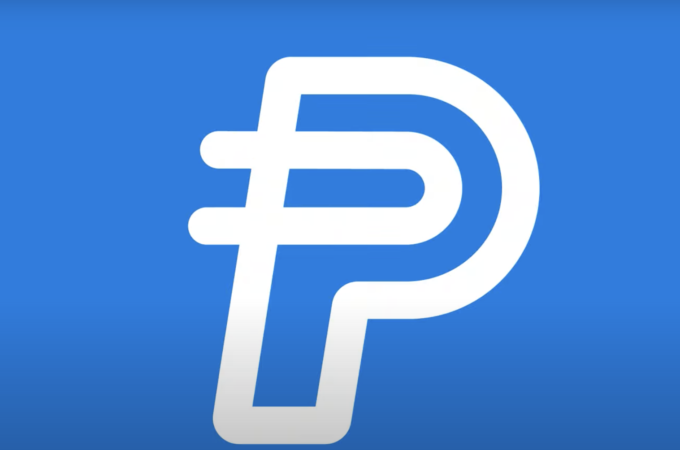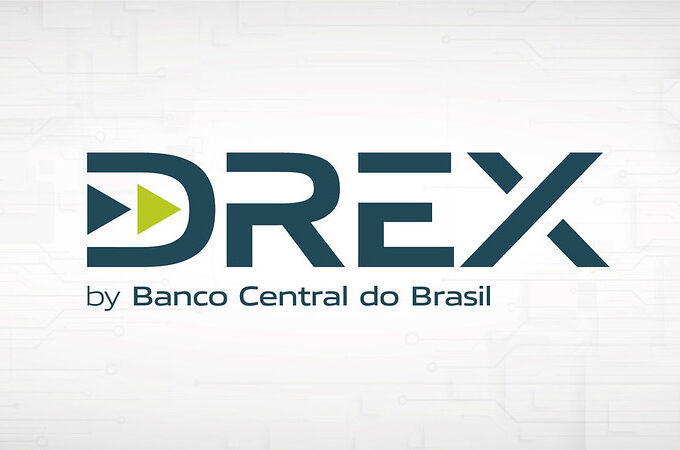
Precious Metals Tokenization: 11 Things To Know
Tokenization is an innovative method of technologically storing products in a digital form on the blockchain, a decentralized ledger. In other words, tokenization converts data into an irregular string of characters known as a token.
It’s one of the newly embraced forms of investment that’s becoming popular by the day because of its efficiency and increased level of security. Precious metals are classified under fungible assets, which a similar item can replace. Conversion of fungible assets into tokens is quickly done because they can simply be divided into smaller units.
Precious metals like gold, silver, and platinum can be converted into digital ones by assigning them security tokens recorded in a blockchain. The assets are tokenized with a digital cryptographic ownership certificate of real and physically existing property. You can access guidance on top precious metals you should invest in.
Read on to learn some benefits of precious metals tokenization.
1. Security
Tokenizing precious metals makes it easy to store them securely; thus, they’re at the risk of theft. The trading of precious metals is decentralized so that no individual or organization can control buying and selling without being compliant with the set rules. Moreover, security is enhanced by some of the worthy activities that are carried out, like transparent audits and keeping the assets backing the tokens safe.
2. Tokenized Precious Metals Are Largely Inclusive
This is to say that anyone is at liberty to purchase precious metals because tokenizing them has rid them of the many limitations that most of the time discourage people from investing. It’s possible to own a large amount of any tokenized precious metal with a guarantee of a high level of protection and at a manageable cost.
3. Origin Certainty
Decentralized certification technologies can help tell the origin of precious metals. In addition, the technology secures all pertinent information via a private blockchain.
4. Liquidity And Accessibility Are Increased
When you have access to tokenized precious metals like gold, silver, or platinum, you can easily purchase or trade your token wherever you are. You can also buy or sell any quantity of precious metals, making it manageable for more people.
5. Simple And Seamless Trading
Accessing precious metals does not involve tedious transactions; it can be done anywhere and anytime. Buying and selling metals is also very cost-effective and straightforward. Cost-effectiveness is realized because blockchain technology is based on decentralization, meaning there’s a replacement of central intermediaries with automated algorithms. This reduces trading fees.

6. Wider Geographic Coverage
The nature of public blockchains is that they’re global since they have no external barriers to the population and investors worldwide. Public blockchains have advanced and can perform Know Your Client (KYC) and Anti-Money Laundering (AML), increasing the pathway for the tokenized assets. Permissioned blockchains are also emerging, which is an added advantage.
7. Divisibility Of Assets
This means that assets like precious metals can be converted into fractions that many people can own. In other words, the divisibility of assets allows many people to own an asset together and use it per the terms of the agreement.
8. Efficiency Is Increased
The disadvantage of investing in physical assets is that buying and selling them can be difficult because it takes more time for an order to be completed, and prices could also fluctuate. The narrative changes with tokenized precious metals because transferring them is immediate, and you also have the advantage of possessing and releasing the precious metals whenever you want to.
9. More Collateral Available
Tokenization of precious metals improves division into new asset classes and will increase the extent of acceptable collateral. More collateral means that more options will be made available to investors in selecting assets that are non-cash as collateral. Tokenization of precious metals makes collateral management transparent and more efficient.
10. One Source Of Truth
Since tokenization works with automated algorithms, the blockchains create a single layer of trust. This makes it easy for business competitors to share data collectively. Investors also can easily interact with assets that have the best digital representation. Tokenization simplifies the somewhat complex process of mapping and interlinking data points like licenses, property, and product ownership rights to specific products.
11. Reliability
Tokenized assets like precious metals are secured using cryptographic algorithms which cannot be broken. They cannot be interfered with, as would be the case with paper certificates that can be forged. This makes people confident in their investments.
Conclusion
Tokenization of assets, especially precious metals, has come to improve life. More people can invest in assets they couldn’t access at some point because of capital requirements, among other limitations. Successful tokenization entails understanding how blockchains work and the category of assets that can be tokenized.





